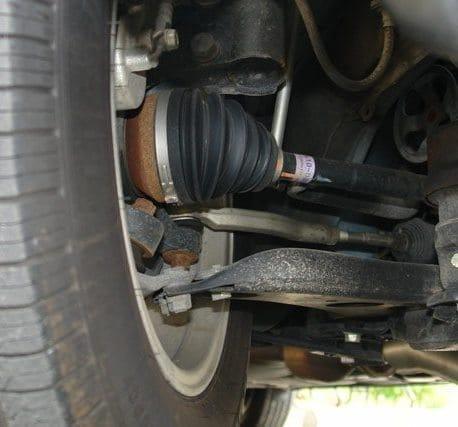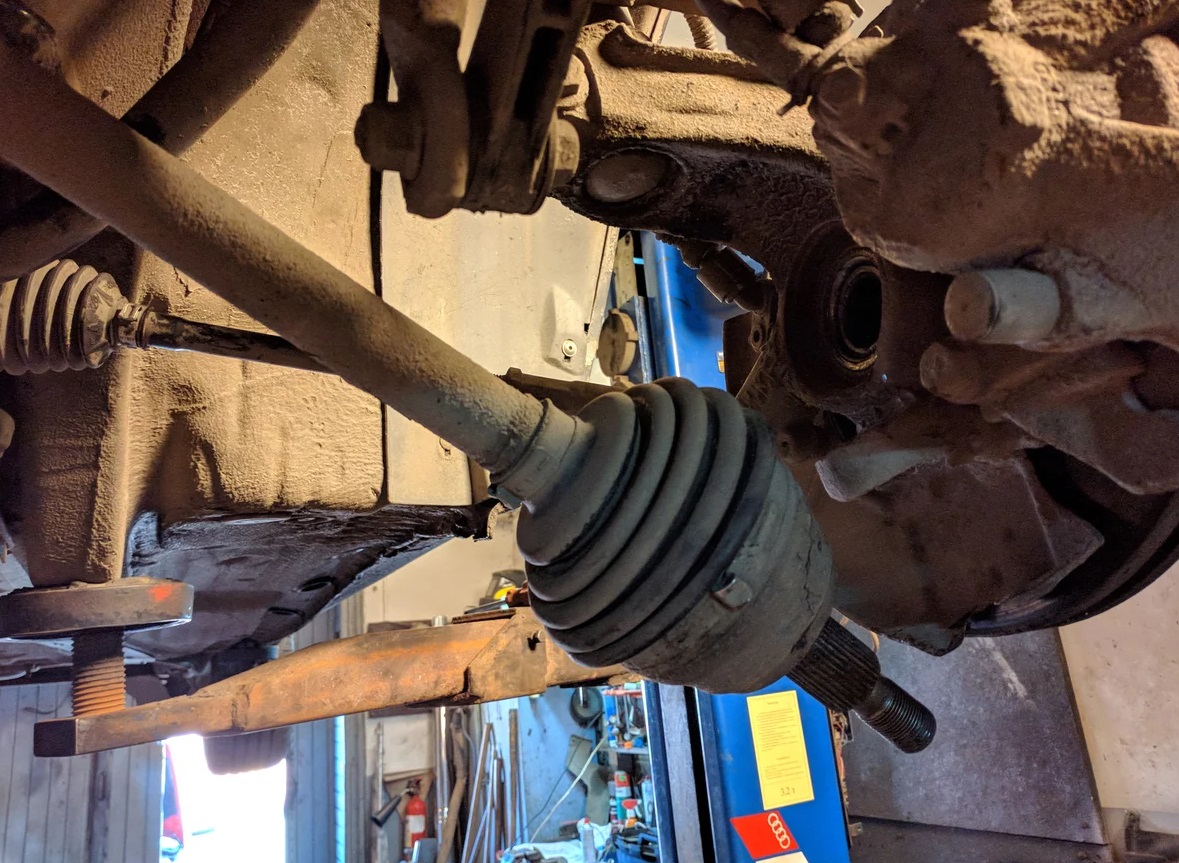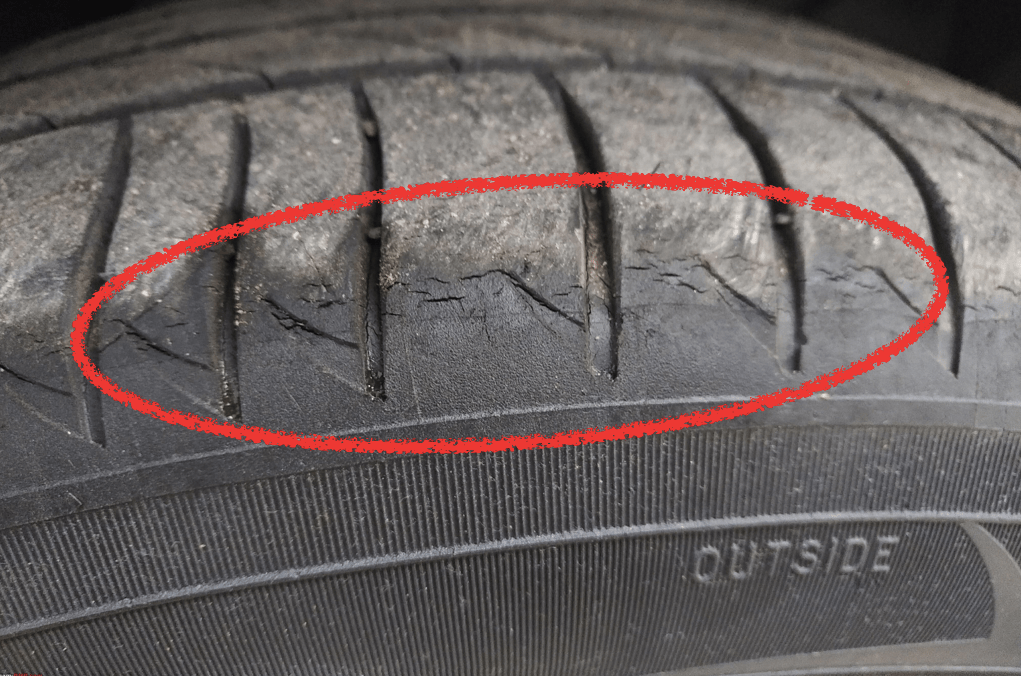
What is a suspension grenade in a car and why is it needed
The ingress of dust and moisture into the grenade body quickly disables the entire assembly. The inner CV joint is more resistant to breakage due to lower loads. Under normal operation and periodic maintenance, the hinged suspension units operate without failure for up to 15 years.
The front wheels of the car rotate at different angular speeds when turning. To equalize the forces in the design, hinged units are provided - grenades for the suspension of the car. These devices effectively transfer torque from the transmission to the wheels.
What is a suspension grenade
The constant velocity joint (CV joint) is installed on front-wheel drive vehicles. The part simultaneously transmits torque and allows you to move the wheels in the right direction when turning.
The device got its name because of the external resemblance to a hand grenade. A CV joint failure is usually fatal: further movement of a completely immobilized car is possible only in tow or a tow truck.
Grenades are installed in pairs on each wheel of the front suspension. The inner CV joint transfers torque from the transmission. The outer grenade works in conjunction with the wheel hub. The hinges provide a constant transmission of forces from the car's engine during any maneuvers. And they compensate for vibrations and vibrations of axle parts from a working suspension.
The design of the CV joints is durable, but during operation, the parts may gradually wear out. The accumulation of negative factors leads to a sudden failure of the device. Therefore, it is necessary to periodically make diagnostics and maintenance of grenades. Replacing a CV joint is a difficult operation: when working independently, you can damage the components of the car. Repairs are best done in an equipped car service on a lift.

The device and principle of operation of a grenade auto
Types, device and principle of operation
The hinge assembly consists of several parts enclosed in a sealed housing. Inside is a star-shaped clip, equipped with strong steel balls in a retaining cage. The body of the grenade is combined with a torque shaft mounted in a gearbox or hub.
Retaining rings are used to fasten the hinge assembly to the vehicle suspension. The grenade is protected from dust and dirt by a casing - anther. This cover is tightened with steel clamps for tightness.
The main types of grenades according to the principle of the device:
- ball;
- cam;
- tripoid;
- cardan coupled.
The work of the CV joint is to transfer torque from the drive to the wheel hub without significant losses. The design of the grenade is movable, with a smooth transfer of torque.
The ball mechanism is assembled from three bearings on a rigid axis. The tripod design uses steel rollers as contact parts. The cam mechanism consists of nested hinges and is used for suspension of cars with an average load.
The lubricated body of the swivel assembly minimizes the friction of the device parts. The inner CV joint has rotation limits of up to 20 degrees, and the outer one can deviate from the axis by 70.
The integrity of the anther is critical to the operation of the hinge device. The release of lubricant from the housing quickly renders the rubbing elements unusable.
Most common problems
The ingress of dust and moisture into the grenade body quickly disables the entire assembly. The inner CV joint is more resistant to breakage due to lower loads. Under normal operation and periodic maintenance, the hinged suspension units operate without failure for up to 15 years.
The main malfunctions of the grenade:
- Crunchy sound from the suspension side when turning hard. It appears due to the ingress of water and dust into the CV joint housing.
- Uneven movement of the car with sharp jerks, failures of acceleration.
- Vibration of the car body, which increases during maneuvers and turns.
A symptom of a malfunction, in addition to a crunch when cornering and picking up speed, is a significant backlash of the device at the junction with the wheel hub. It is impossible to use a grenade with a damaged anther for a long time, since the dirt that has penetrated into the body has already begun to destroy parts of the structure.
For self-repair, you need to choose a good lubricant and original anthers that fit snugly against the body of the grenade. But still, it is preferable to replace the hinge assembly with a new one in an equipped car service.
